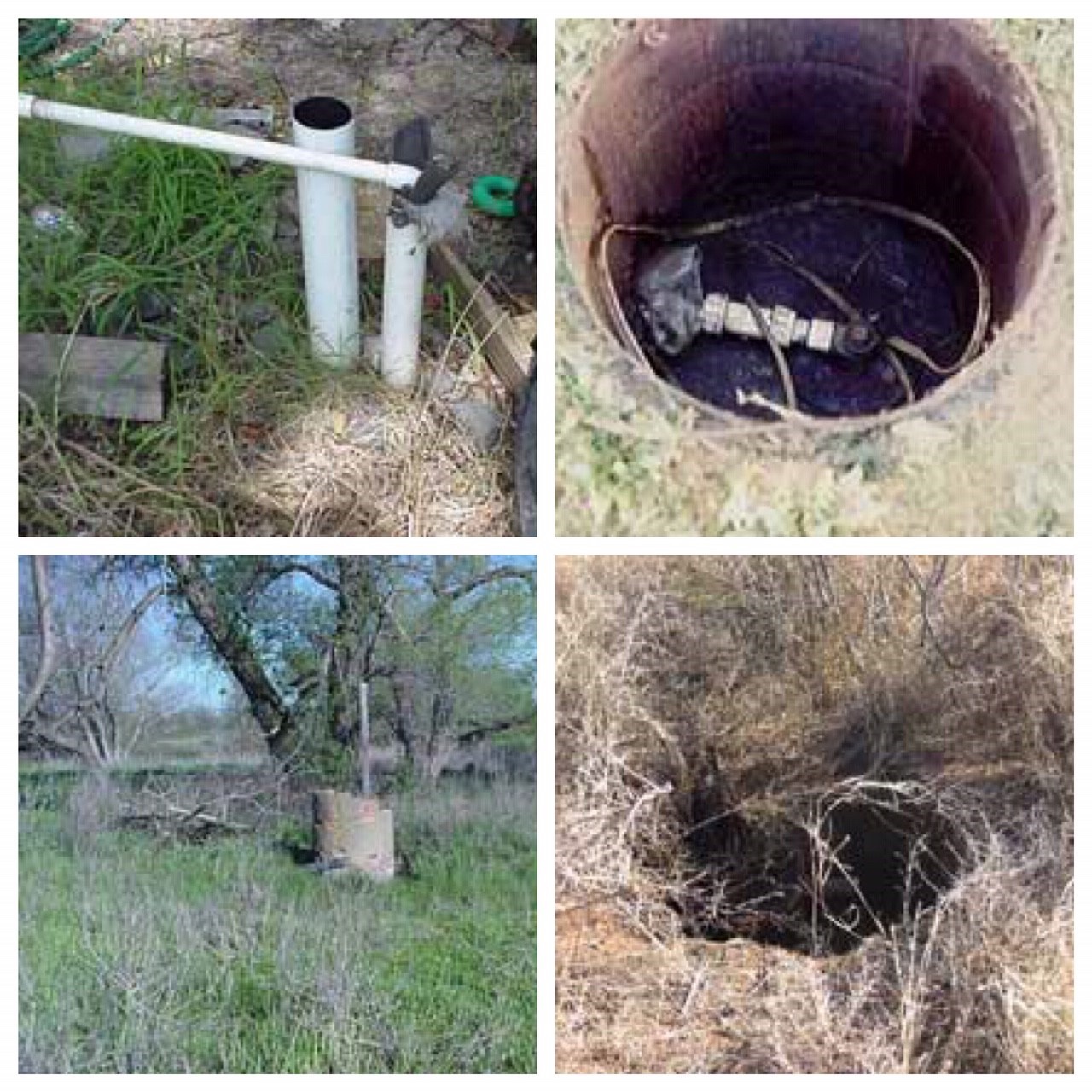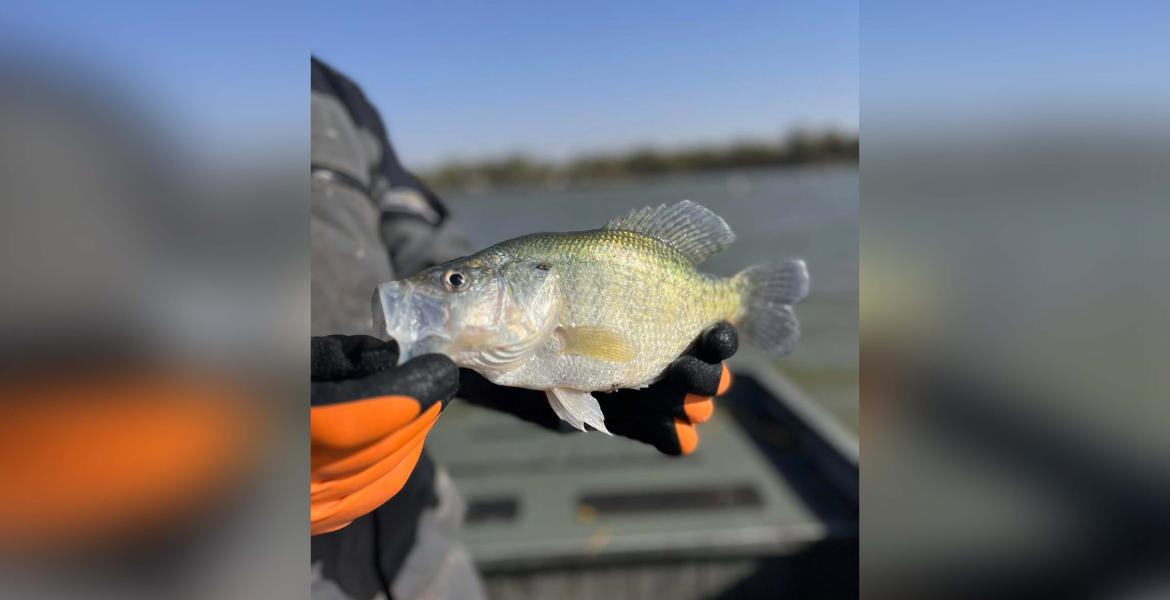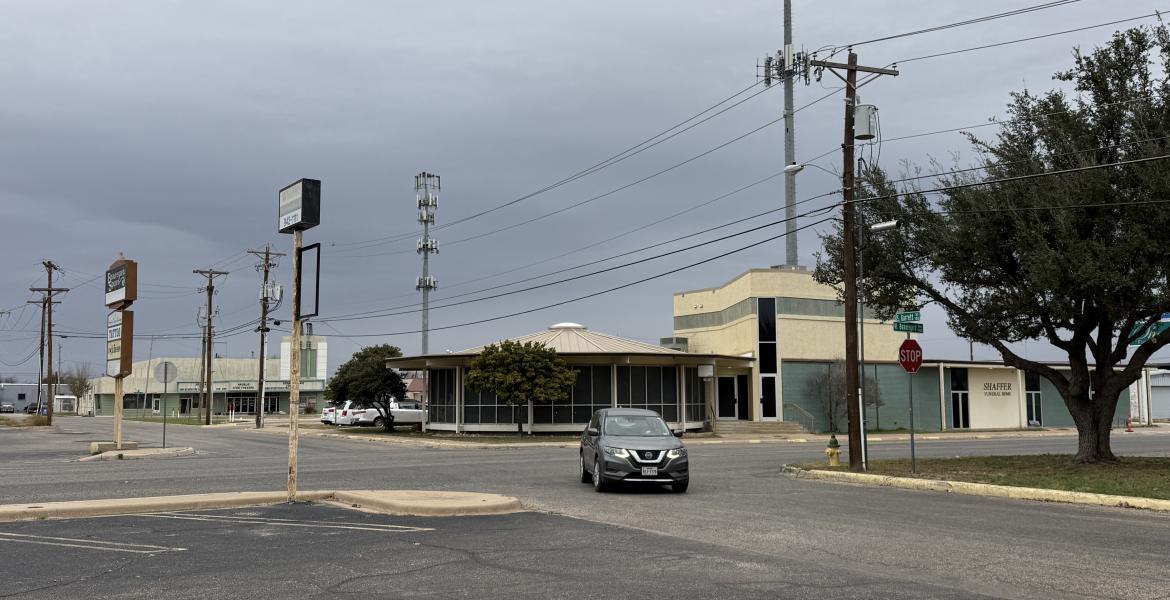AUSTIN – There may be more than 150,000 abandoned or deteriorated water wells in Texas posing safety hazards and contributing to groundwater pollution.
Anyone who is aware of abandoned or deteriorated wells is urged to report them to the Texas Department of Licensing and Regulation (TDLR) at https://www.tdlr.texas.gov/abwells/default.aspx. When filing the report, please include an address or GPS Coordinates and any photos or video of the well, if possible.
Abandoned or deteriorated water wells can contaminate groundwater by providing a direct conduit for chemicals and other surface contaminants, such as animal waste and pesticides, to directly enter aquifers. Uncapped wells also present a physical danger to humans and animals who can be severely injured or killed when they fall partially or completely into the well.
Landowners who are not sure if there are abandoned water wells on their property should look for plastic, steel, brick or concrete casing (pipe) that may extend above ground, or for a hole in the ground with no apparent bottom. Some abandoned wells have concrete or brick casing extending above ground or a windmill with missing blades. Abandoned or deteriorated well casings or pipes may be cut off at ground level, posing an additional threat.
- Wells are “abandoned” when they are not in use, as defined by Texas Occupations Code, Section 1901.255.
- A “deteriorated” well is a well that is causing or likely to cause pollution of any water in the state, including groundwater.
Under Section 1901.255 of the Occupations Code, abandoned or deteriorated wells must be plugged or brought into compliance within 180 days of a landowner learning that they have an abandoned or deteriorated well on their property.
Landowners are responsible for abandoned or deteriorated water wells on their property. If a well needs to be plugged, they may plug the well themselves (in compliance with Title 16, Texas Administrative Code, Section (76.104 Capping and Plugging Wells Standards) or hire a well driller or pump installer licensed by TDLR to plug the well or bring the well into compliance.
If a landowner chooses to plug the well themselves, they are required to plug the well in accordance with TDLR’s well plugging specifications (https://www.tdlr.texas.gov/wwd/wwdspecs.htm) and submit a State of Texas Plugging Report to TDLR within 30 days from the date the well was plugged.
To avoid problems in the future, landowners should install a locking well cap or sanitary well seal – not just a cover over the well – to prevent unauthorized use or entry into the well. Septic systems should be pumped and inspected as often as recommended by the local health department. Care should be taken when mowing or working near the well.
Resources:
- Helpful guide to plugging wells: https://www.tceq.texas.gov/assets/public/comm_exec/pubs/rg/rg-347.pdf
- Check whether a water well driller or pump installer is licensed: https://www.tdlr.texas.gov/LicenseSearch/.
- Water Well Drillers Law, Plugging Water Well: Texas Occupations Code, Section 1901.255.
- Water Well Drillers and Pump Installers Administrative Rules, Technical Requirements—Standards for Capping and Plugging of Wells and Plugging Wells that Penetrate Injurious Water Zones: Title 16, Texas Administrative Code, Section 76.104.

Abandoned Water Wells (Contributed/TDLR)
Subscribe to the LIVE! Daily
Required






Post a comment to this article here: